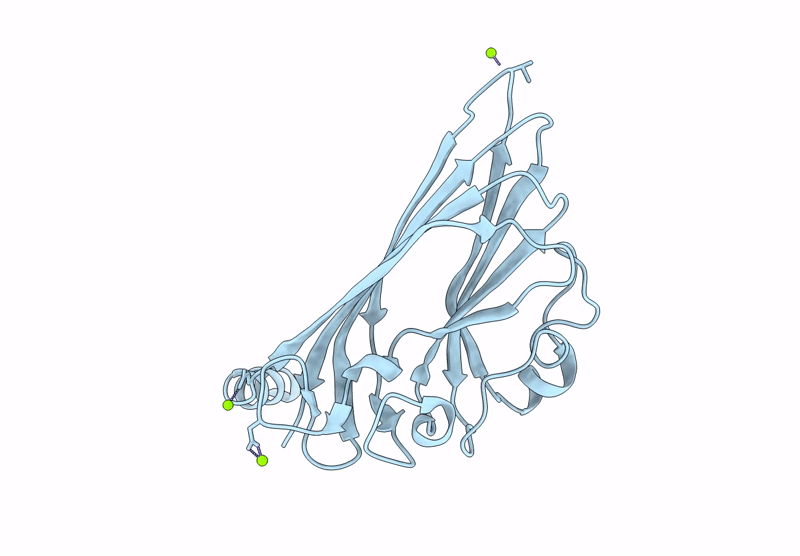
Deposition Date
2025-04-11
Release Date
2025-05-07
Last Version Date
2025-08-06
Entry Detail
Biological Source:
Source Organism:
Satellite tobacco necrosis virus 1 (Taxon ID: 12445)
Host Organism:
Method Details:
Experimental Method:
Resolution:
2.77 Å
Aggregation State:
PARTICLE
Reconstruction Method:
SINGLE PARTICLE


